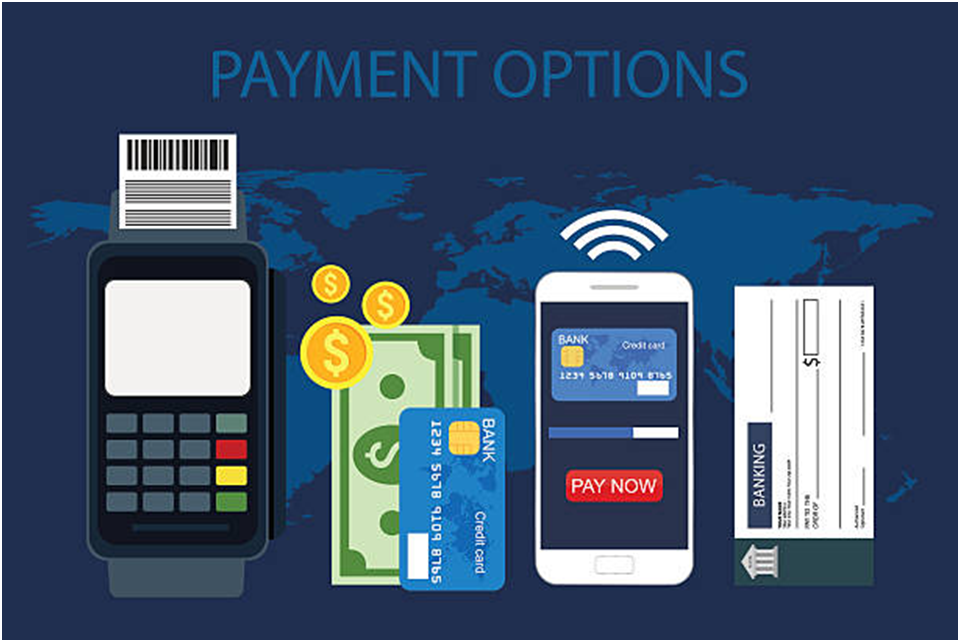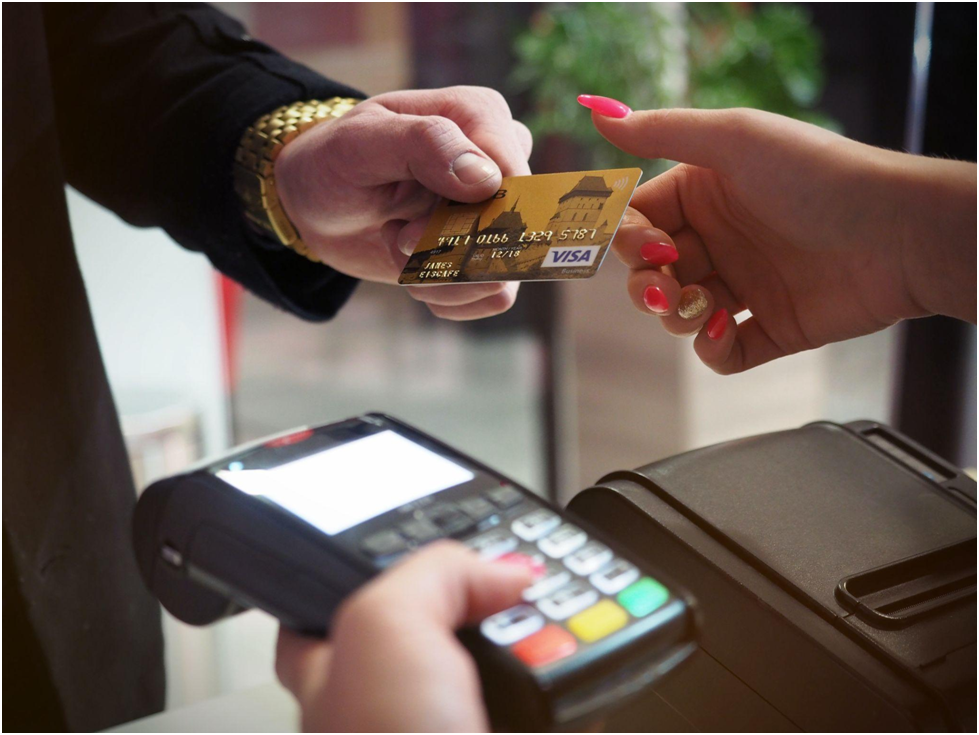Do you know how credit card processing works? Well, you need to understand it. Get to know that fees are often incurred at the system’s different stages. So, a lack of vital knowledge may cost you much.
Most importantly, understanding this process will help you establish how to attain the best processing solution. Think about when you accept credit cards. This implies that you must select a credit card processing company for the service.
Credit card processors matter most beyond the central service of processing payments. That’s why credit card processing is a critical business decision. You’ll always be better positioned to make wise future decisions when you understand how credit card processing operates.
Usually, taking the step to purchase using a credit card activates a complex process. Data is transferred from the consumer’s credit card to the merchant’s POS machine. From the POS, it gets to the cardholder’s bank. The whole procedure takes only some seconds to complete.
So, when you swipe or tap your credit card and sign the receipt, this becomes both the first and last steps of the credit card processing. To understand further how credit card processing works, let’s dive into more details below.
Who are The Main Actors in Credit Card Transactions?
- A cardholder- is the one who takes a credit card from an issuing financial institution and uses the account for payment of goods and services.
- A merchant- is a form of business that takes in card payments. They do this in exchange for goods and services.
- A merchant bank creates and maintains merchant accounts and then allows merchants to take deposits from credit card payments.
- Payment processors- these are companies that process credit card transactions. Payment processors are responsible for connecting merchants with merchant banks, card networks, and others. This connection makes card payments possible.
- Issuing banks include banks, credit unions, and other financial institutions that issue debit and credit cards to cardholders through card associations.
- Card associations include Visa, Mastercard, Discover, and American Express. They set interchanging rates and qualification guidelines. The card associations also act as mediators between issuing and acquiring banks, among other important functions.
What’s Credit Card Processing All About?

Credit card processing works in three distinct stages. It’s important to learn all these phases.
This is necessary because different fees may apply at every stage. Failure to comply in either step can lead to increased costs. And, credit card sales may not be deposited in your account.
Again, with increased costs, you may miss payments, and your credit rating may take a hit. In 2017, U.S. credit card debts went beyond $1 trillion. By August 2019, the debt stood at $868 billion. Remember that lenders use your credit report details to calculate your credit scores. They also employ the same to determine the funding amount suitable for you.
So, if you make late payments on your credit card and end up with a poor credit history, you’ll have to mend things with a credit repair. In this case, cheap credit repair services can offer reliable and affordable credit fixes. These are top-rated credit repair companies that help you obtain a credit fix.
Once you seek credit repair services, the credit repair professionals hold your hands and walk with you towards attaining an excellent credit score by helping you to:
- Remove collection account from credit report
- Move towards the perfect credit score possible
- Fix credit review
- Remove paid collection account from credit report
- Move towards the excellent credit score of 850
There’s one secret you need to know. Those who attain an excellent 850 credit score often keep their card balances low and within their limits. So, if you’ve always wondered how to get an 850 credit score, this is one major key.
Now, the three stages for credit card processing include:
1. Authorization
Getting authorization for a transaction is the first step in credit card processing. All the authorization processes must be completed before the sales deposit into your bank account. The entire card authorization process happens only within seconds.
Procedure for credit card authorization includes the following:
- As the cardholder, you get to present your card for online credit card payment. You do this by swiping, tapping, inserting, or using any other secure method. This includes either the contactless method or entering the right digits to a merchant. You get to do this in exchange for goods or services. The request originates from the point of sale (POS) system or a credit card terminal. All these happen in an e-commerce website gateway, via mobile, in a brick-and-mortar store, or through in-app payment acceptance.
- The merchant sends a payment authorization request to the payment processor.
- The payment processor will then submit the necessary transactions to the correct card association, ultimately getting to the issuing bank. So, the authorization requests are directed to the issuing bank.
- At this point, the issuing bank has the mandate to either approve or decline the transaction. Transactions are often rejected for insufficient funds or in cases where the cardholder’s account has expired. The rejection may also be due to a closed account or if a payment is overdue.
- So, the issuing bank will send the approval or denial status on the line to the card association, then to the merchant bank, and ultimately to the merchant.
2. Clearing and Settlement
Credit card clearing and settlement is the second phase of how credit card transactions work. It happens immediately after the authorization process occurs. This part entails how the merchant receives their payment from the credit cards they choose to take. For the settlement to happen, the following procedure takes place:
- The merchant (you) sends batches of authorized transactions to your payment processor.
- The payment processor sends transaction details to the card associations, which then communicate the right credit information to the network issuing banks.
- The issuing bank proceeds to charge the cardholder’s account for the transaction amount.
- The issuing bank then transfers the correct transaction funds to the merchant bank, not including the interchange fees.
- The merchant bank deposits the transacted amount into the merchant’s bank account and deducts the processing fees. At this point, the business’s role is complete.
Both the issuing and acquiring banks will keep communicating and moving money. The issuing bank will continue paying the acquiring bank for every cardholder’s purchase. And the cardholder finally pays the issuing bank.
3. Funding
The funding processes that would take several days nowadays are handled almost overnight. This helps merchants get paid quickly.
During clearing and settlement, the processor will deposit the funds into your business bank account and deduct processing fees. However, there tend to be variations on when funds are deposited and how the fees are deducted.

Nowadays, most processors provide next-day funding. This means you’ll receive your funds for today’s credit card transactions by tomorrow. But, you must ensure that you “batch” your transactions by a specific time of the day to receive the funds the day after. Otherwise, you may not get the funds the next business day if you miss the cutoff time.
There are also instances when processors suspect fraud or determine that a particular transaction is overly risky. In such cases, they will hold your funds, which won’t immediately reflect in your account.
The processors use two main methods to deduct fees from your credit card transactions. The methods include daily and monthly discounts.
Daily discounting involves the daily deducting of the processing fees before depositing your funds. In this case, you receive the net sales amount after the fee deduction.
Monthly discounting- here, the processor takes off the processing fees for a whole month’s transactions once a month but still deposits funds daily. This implies you receive the gross sale amount before the fees daily.
The processors often allow you to choose the discounting timeframe you’d prefer. It helps to choose a daily vs. monthly discounting method that suits you or your business.
Also, the processing fee amount will vary depending on several factors such as:
- The processor you use
- The pricing model you’re on
- Your processor’s markup.
Key Takeaways
The best way to select an excellent processing solution is to understand how credit card processing works. Lack of understanding may cost you much. This is because you may choose a processing company that’s unsuitable for your situation.
Remember that credit card processors matter most beyond the service of payment processors. That’s why credit card processing is termed a critical business decision. Once fully equipped with the necessary knowledge, you’ll always be in a better position to make wise future decisions.
The best thing is that our article has already given you the essentials you need to know how credit card processing operates.
